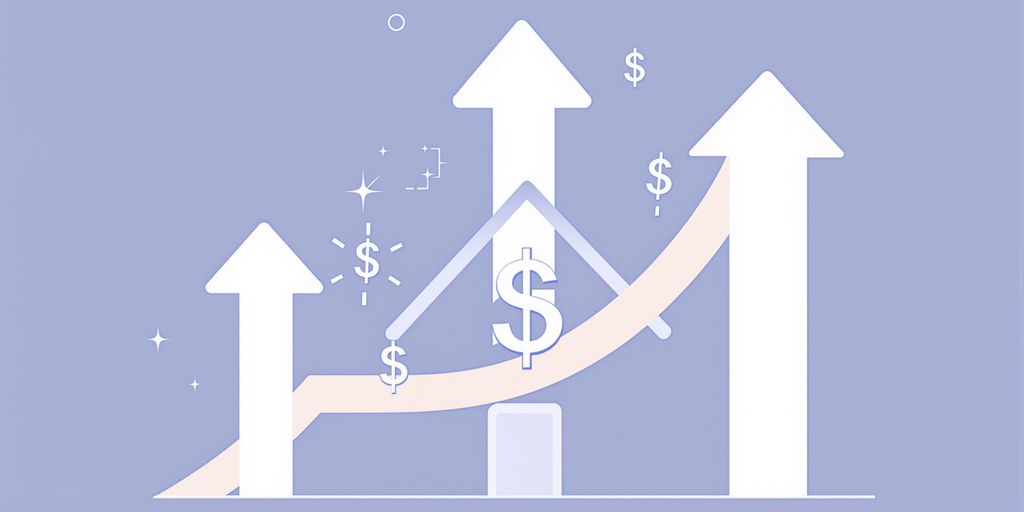For aspiring real estate investors, understanding how to analyze a rental property for positive cash flow is crucial for long-term success. This guide breaks down the essential steps to ensure your investment generates consistent income and meets your financial goals.
Understanding Cash Flow
Cash flow in real estate refers to the net income generated by a property after all expenses, including mortgage payments, are accounted for. Positive cash flow means the property is generating income each month, while negative cash flow indicates ongoing costs without immediate profit, though it might still offer value through equity or appreciation.
Calculating Net Operating Income (NOI)
The first step in assessing a property’s financial health is to determine its Net Operating Income (NOI). This is calculated by subtracting all operating expenses, excluding debt payments, from the adjusted rental income.
Determining Property Cash Flow
Once NOI is established, the next step is to calculate the actual cash flow. This is achieved by subtracting the annual mortgage payments from the NOI. The result will indicate whether the property is in a positive, break-even, or negative cash flow position.
Key Takeaways
- Calculate Net Operating Income (NOI) by subtracting operating expenses from adjusted rental income.
- Determine cash flow by subtracting annual mortgage payments from NOI.
- Assess cash flow using metrics like Cash-on-Cash Return and Cap Rate.
- Evaluate potential risks such as market fluctuations, vacancies, and interest rate changes.
- Utilize financial models and run multiple scenarios to gauge profitability.
Assessing Cash Flow Metrics
To gain a deeper understanding of a property’s performance, investors should evaluate key metrics:
- Cash-on-Cash Return: This measures the return on the actual cash invested. The formula is (Annual Cash Flow) ÷ (Total Cash Invested).
- Cap Rate (Capitalization Rate): This analyzes cash flow as a percentage of the property’s price, calculated as (NOI) ÷ (Property Price). The Cap Rate can be improved by increasing rent, reducing expenses, or negotiating a lower purchase price.
Evaluating Risks and Variables
Potential investors must also consider various risks and variables that can impact cash flow. These include:
- Fluctuations in market rental rates.
- Unexpected repair costs or periods of vacancy.
- Changes in financing terms and interest rates.
- Local economic conditions and job market stability.
- The regulatory environment and landlord-tenant laws.
Utilizing Financial Models and Scenarios
To effectively track and analyze these factors, a financial model, such as a spreadsheet or a dedicated rental property calculator, is invaluable. This tool helps manage details like purchase price, down payment, interest rates, income, expenses, and upfront costs. Furthermore, running multiple scenarios, including best-case and worst-case situations (e.g., conservative rent assumptions, higher vacancy costs, interest rate hikes), provides a comprehensive view of potential outcomes.
Why This Analysis Matters
Analyzing rental property cash flow is fundamental for real estate investors. It confirms profitability by comparing income against costs, supports financing applications as lenders rely on performance metrics, helps set realistic investment goals by aligning property performance with ROI targets, and reveals potential weaknesses before a purchase is made, thereby protecting the investment and ensuring sound decision-making.


